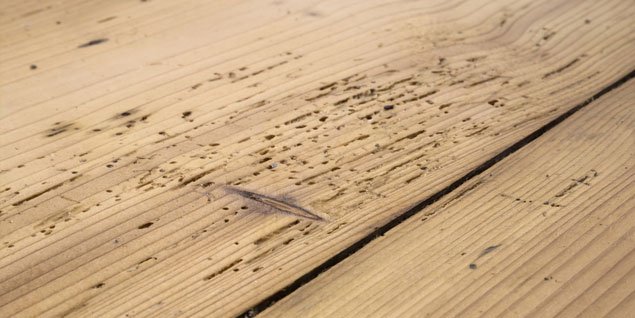Choosing the right saw blade is crucial for achieving clean, precise cuts and ensuring the longevity of your tools. Whether you’re working with wood, metal, or other materials, understanding the various types of saw blades and their specific applications will help you make an informed decision. Here’s a guide to help you pick the perfect saw blade for your cutting project.
1. Determine the Material to Be Cut
The first step in selecting a saw blade is identifying the material you’ll be cutting. Different materials require different blade types:
- Wood: Standard carbide-tipped blades are ideal for cutting various types of wood, including softwoods and hardwoods.
- Plywood and Laminates: A fine-tooth blade reduces chipping and provides clean edges.
- Metal: Bi-metal or carbide-tipped blades are best for cutting through metals like aluminum, steel, and stainless steel.
- Plastic: Blades designed for cutting plastic feature fewer teeth and a different tooth geometry to prevent melting.
2. Consider Blade Type
There are several types of saw blades, each suited for specific applications:
- Table Saw Blades: These come in various configurations, including ripping blades for cutting along the grain and crosscut blades for cutting across the grain.
- Miter Saw Blades: Designed for making angled cuts, these blades often have a larger number of teeth for smoother finishes.
- Circular Saw Blades: Versatile and available in different sizes, these blades can cut wood, metal, or masonry depending on their design.
- Band Saw Blades: Ideal for curved cuts, these blades come in different widths and tooth configurations.
3. Check Tooth Count and Configuration
The number of teeth on a blade affects the quality of the cut:
- Fewer Teeth: Blades with fewer teeth (around 24) are better for quick cuts and ripping, as they remove material faster but leave a rougher edge.
- More Teeth: Blades with more teeth (60-80) provide finer cuts and are preferred for crosscutting and finishing work.
Additionally, consider the tooth configuration:
- Flat Top Grind (FTG): Best for ripping wood.
- Alternate Top Bevel (ATB): Ideal for crosscutting wood and plywood.
- Triple Chip Grind (TCG): Suitable for cutting harder materials like laminate and metal.
4. Choose the Right Diameter
Blade diameter should match your saw’s specifications. Common sizes include:
- 7-1/4 inches: Standard for circular saws.
- 10 inches: Common for table saws and miter saws.
- 14 inches and larger: Typically used for industrial applications or cutting larger materials.
5. Material and Coating
The material and coating of the blade can significantly impact its performance and durability:
- High-Speed Steel (HSS): Great for general-purpose cutting but less durable than carbide.
- Carbide-Tipped: These blades offer greater durability and are suitable for cutting a variety of materials.
- Cermet and Diamond-Coated Blades: Designed for cutting hard materials like ceramic or masonry, these blades provide extended life and superior performance.
6. Consider the Kerf Width
The kerf is the width of the cut made by the blade. A thinner kerf blade removes less material and is ideal for precise cuts, while a thicker kerf blade is more durable and can handle tough materials. Choose based on your project requirements and the capabilities of your saw.
7. Evaluate the Application
Think about the specific application for which you’ll be using the blade:
- Ripping: For cutting along the grain of wood, select a blade with fewer teeth and a flat top grind.
- Crosscutting: For cutting across the grain, a blade with more teeth and an alternate top bevel design is ideal.
- Finishing Work: For fine finishes, opt for blades with a higher tooth count and fine tooth geometry.
8. Read Reviews and Consult Experts
Before making a purchase, read reviews and consult with professionals or knowledgeable staff at hardware stores. Their insights can guide you toward the best blade for your specific cutting needs.
Conclusion
Selecting the right saw blade is essential for achieving clean cuts and maximizing the efficiency of your projects. By considering the material, blade type, tooth count, diameter, and other factors, you can make an informed choice that meets your cutting requirements. With the perfect saw blade in hand, you’ll be well-equipped to tackle any project with confidence and precision.






